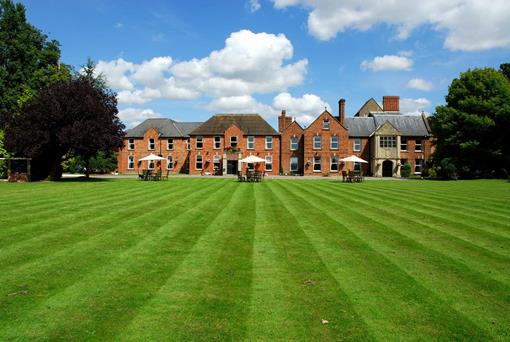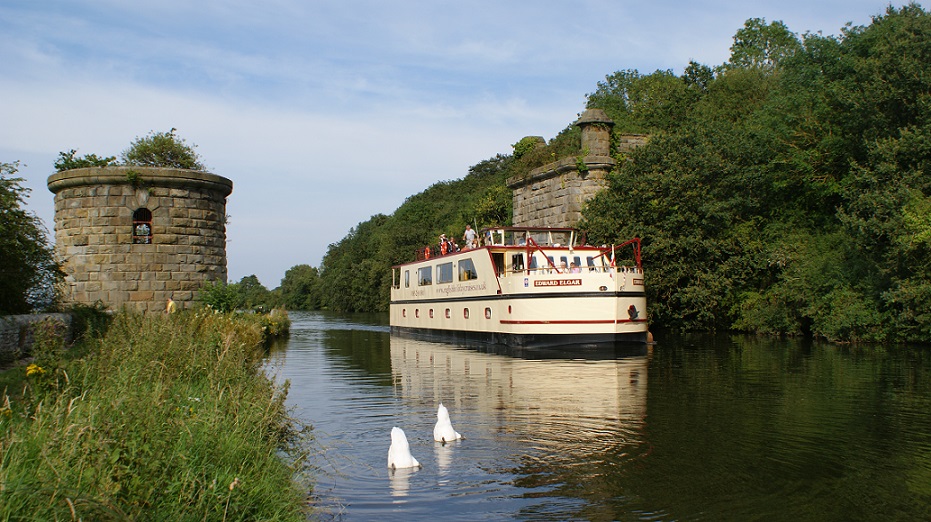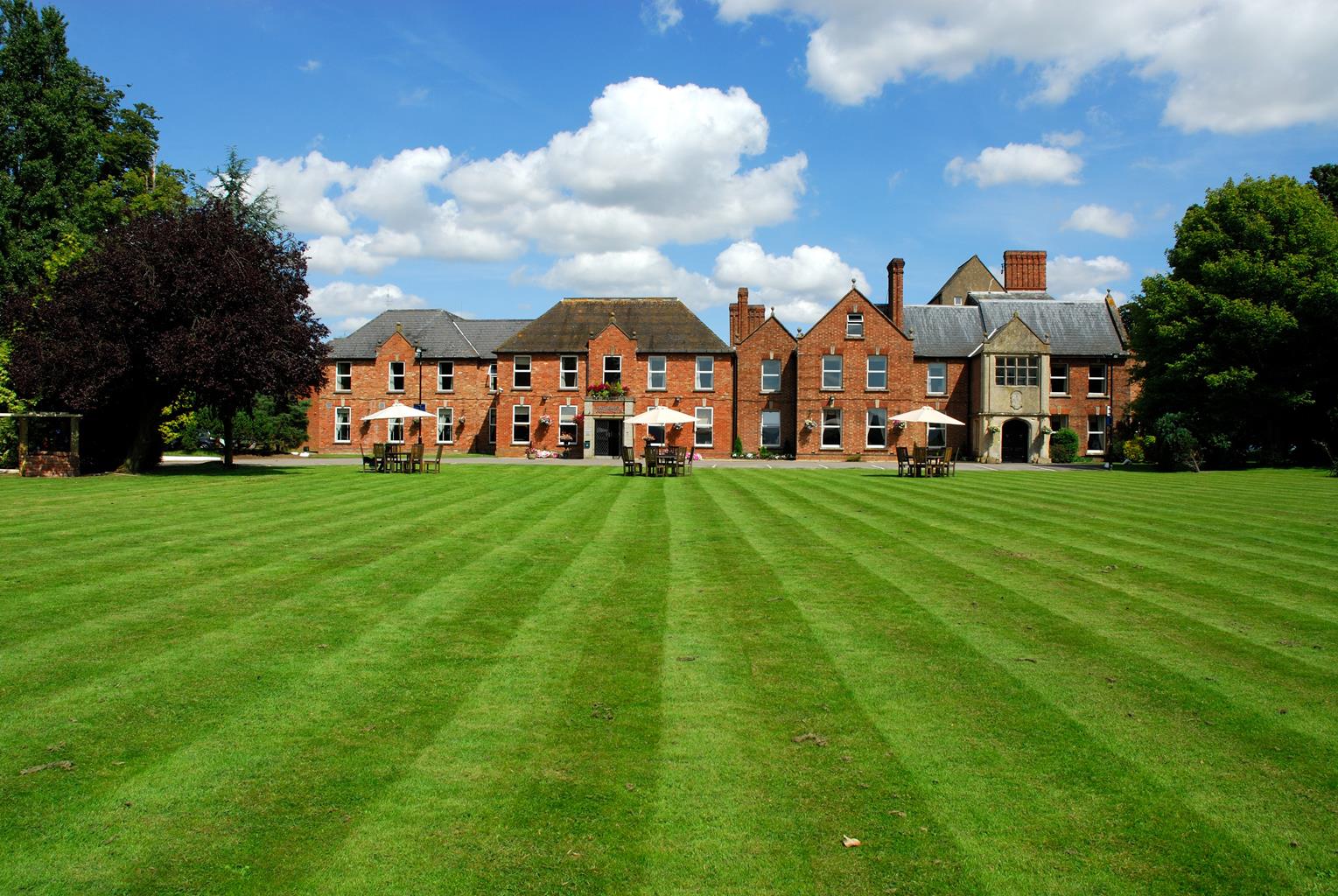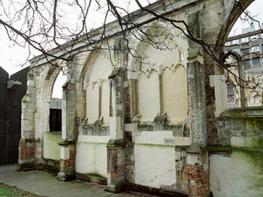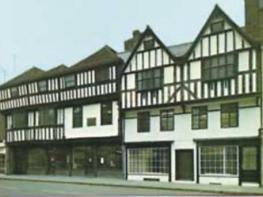Cruise the mighty River Severn through glorious countryside. Park nearby, unpack once &…
Along the River Severn at Gloucester

Combine a fascinating city tour and heritage trail with a rural walk along the banks of the River Severn.
7 miles (11.3kms)
About the walk
As with any large settlement of historic and architectural interest, the only way to discover and appreciate the fine city of Gloucester is on foot. At its heart, of course, is the Cathedral Church of St Peter and the Holy Trinity, one of the country’s most beautiful Gothic buildings. It was here that William the Conqueror commissioned the writing of the Domesday Book, Henry III was crowned and Edward II buried.
The original church, founded around 680, began life as the Abbey of St Peter. It was rebuilt several times but by 1072 it had fallen into disrepair. It was then that King William appointed Serlo of Bayeux as its new Abbot. Serlo implemented an extensive programme of rebuilding work. His input and contribution were visionary, and the cathedral is his lasting legacy. Much of the work had been finished by 1121, but another period of rebuilding began more than 200 years later in 1331, paid for by the income from pilgrims visiting the tomb of Edward II. Later additions included the tower, which dates back to 1450.
Centuries after building work began, Gloucester Cathedral is now immortalised on the big screen. In recent years the splendid cathedral cloisters were chosen as a setting for Hogwarts school in the much-loved Harry Potter film series.
Only a stone’s throw from the cathedral lies a tight maze of courtyards and winding streets which contain some of the city’s loveliest buildings. A museum is housed in the building which inspired Beatrix Potter to write and illustrate The Tailor of Gloucester (1903).
Gloucester is Britain’s furthest inland port, and close to the start and finish of the walk are the famous Gloucester Docks. These date back to 1794 and were enlarged and extended throughout the Victorian era. Dickens described them as ‘extraordinary.’ By the 1980s – barely a century later – they were virtually redundant and unused. Changes in the method of transport had rendered them surplus to requirements.
Thankfully, that wasn’t the end of the story. Most of the former docks and warehouses have been imaginatively transformed into stylish restaurants, bars, designer outlets and museums. The dock basins themselves are now the preserve of leisure craft, cabin cruisers and the like.
Walk directions
From the front of the cathedral, follow the signs for the Historic Docks and city centre. Pass King Edward’s Gate on the right and follow College Street to Westgate Street. Cross into Berkeley Street, and on the left is the Fountain Inn. At the next junction go right, then immediately left into Barbican Road. Keep ahead on a narrow stretch of road when Barbican Way runs off right. At the next junction, opposite the docks, turn right along Commercial Road. When it bends right, bear left into Severn Road.
Follow Severn Road to the next main junction with Llanthony Road. Turn left and walk along to the lift bridge spanning the Gloucester and Sharpness Canal. Turn right immediately before it to join the tow path. Along this stretch a variety of old buildings and warehouses line your route. Continue to Monk Meadow mooring basin, follow the tow path around it and return to the canal. Pass through woodland with the waterway over to the left; factories and a brick chimney are visible on the opposite bank. Follow the tow path beside canalside apartments and houses, and pass into further woodland to skirt a housing estate. Return to the canal bank and continue beside trees to the next bridge.
Turn right onto Hempsted Lane, and go straight across the A430. When the lane bends right continue ahead still on Hempsted Lane. Go forward between houses to join a grassy path leading to the road. Turn left and follow what becomes a leafy lane running to the Severn. As the road bends left before the river, go right over a footbridge to a kissing gate and left to a second gate.
Make for the obvious path and follow it, with the River Severn a short distance away on the left. Pass through two gates and stay on the riverside path as it coils between floodbanks towards Gloucester. Cross two stiles, pass beneath pylon cables and go through a gate, with the city’s cathedral seen clearly ahead. Make for the next stile and keep the river close by on the left. On the right are a wall and fencing. A weir is now visible between the trees. Ahead is a gate by a row of houses.
Join a road and walk ahead to the next junction. Cross over to Llanthony Priory, walk through the grounds and rejoin the canal tow path. Turn left and on reaching Llanthony Road turn right. At the roundabout turn left into Southgate Street, following it through the city centre to Westgate Street. Turn left, then right into College Court, with its picturesque overhanging upper floor, and return to Gloucester Cathedral.
Additional information
Canal and river tow path, busy streets; several stiles
City centre and outskirts, rural approaches, river meanderings
Quiet, rural stretches along Severn Way between Hempsted and Gloucester, but lead required in town
OS Explorer 179 Gloucester, Cheltenham & Stroud
Many car parks in the city. Nearest long stay option to the start is Westgate Street car park
Within Gloucester Quays shopping centre
At Point 5, access to the Gloucester and Sharpness Canal through Llanthony Priory is restricted after dusk and at weekends – use Llanthony Road if necessary.
WALKING IN SAFETY
Read our tips to look after yourself and the environment when following this walk.
Find out more
Also in the area
About the area
Discover Gloucestershire
Gloucestershire is home to a variety of landscapes. The Cotswolds, a region of gentle hills, valleys and gem-like villages, roll through the county. To their west is the Severn Plain, watered by Britain’s longest river, and characterised by orchards and farms marked out by hedgerows that blaze with mayflower in the spring, and beyond the Severn are the Forest of Dean and the Wye Valley.
Throughout the county you are never far away from the past. Neolithic burial chambers are widespread, and so too are the remains of Roman villas, many of which retain the fine mosaic work produced by Cirencester workshops. There are several examples of Saxon building, while in the Stroud valleys abandoned mills and canals are the mark left by the Industrial Revolution. Gloucestershire has always been known for its abbeys, but most of them have disappeared or lie in ruins. However, few counties can equal the churches that remain here. These are many and diverse, from the ‘wool’ churches in Chipping Campden and Northleach, to the cathedral at Gloucester, the abbey church at Tewkesbury or remote St Mary’s, standing alone near Dymock.
Nearby stays
Restaurants and Pubs
Nearby experiences
Recommended things to do
Why choose Rated Trips?
Your trusted guide to rated places across the UK
The best coverage
Discover more than 15,000 professionally rated places to stay, eat and visit from across the UK and Ireland.
Quality assured
Choose a place to stay safe in the knowledge that it has been expertly assessed by trained assessors.
Plan your next trip
Search by location or the type of place you're visiting to find your next ideal holiday experience.
Travel inspiration
Read our articles, city guides and recommended things to do for inspiration. We're here to help you explore the UK.

